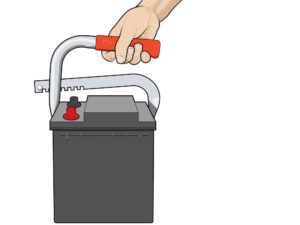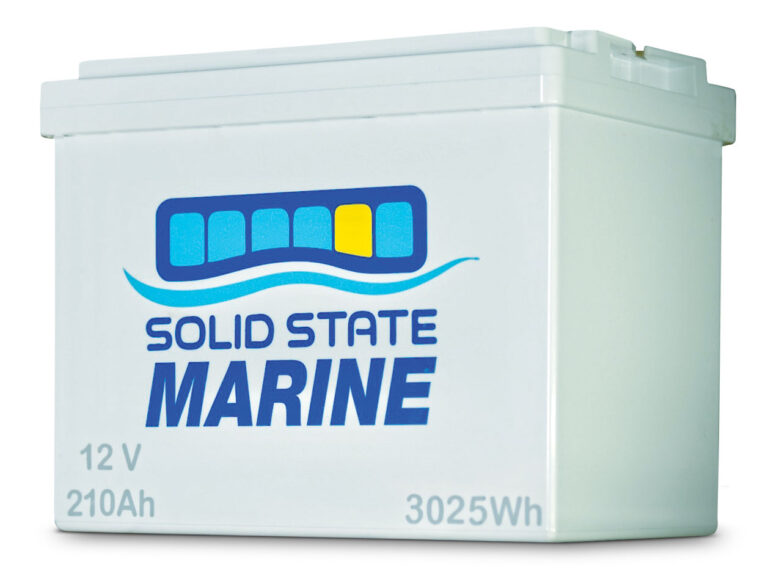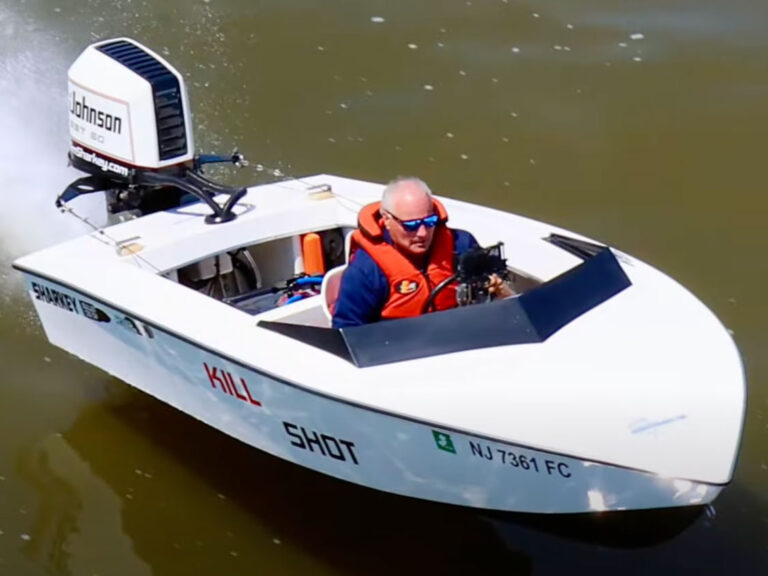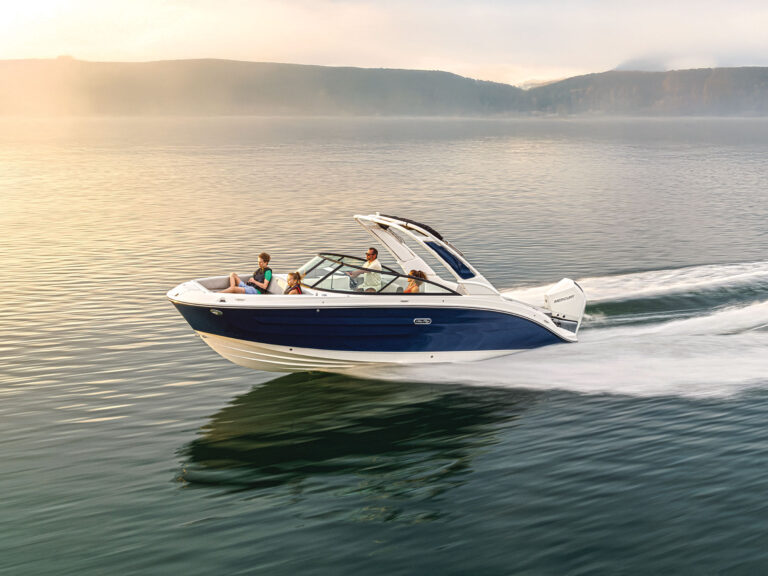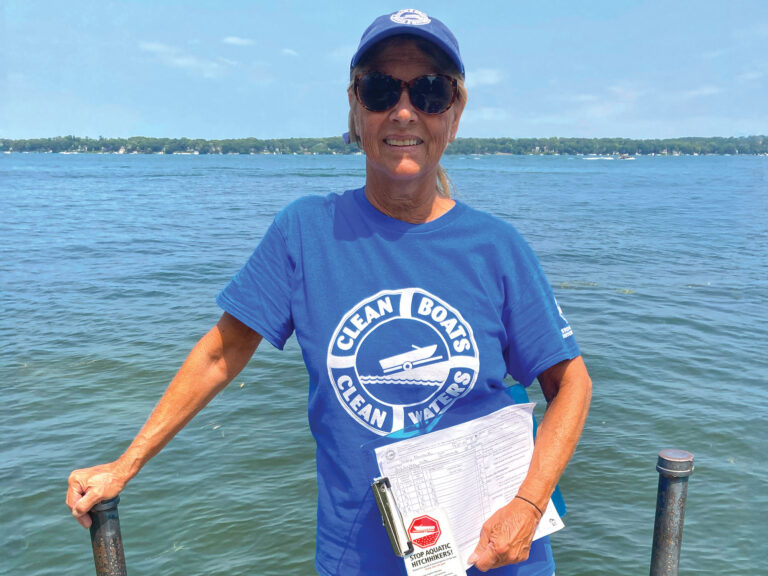Nothing’s worse than on-the-water breakdowns — but some things can be fixed before they go kaput. You want to make sure Mom’s Mink stays trouble-free all season long? Then attack these six potential problems long before they strike.
Impeller Implosion
A water pump impeller is the classic example of something that always fails at the worst possible time. Impellers are often also difficult — if not impossible — to change while you’re rocking and rolling around in the bay. So don’t wait. Most builders recommend replacing the impellers after three or four years, even if they still work. Our advice? Replace each impeller every other year — before it has the chance to even think about going bad. Bonus tip: Freshwater flushes aren’t only important for your cooling system, they’re good for impellers, too. Salt-covered impellers will deteriorate quickly unless they’re rinsed well, so flush often.
Get Connected
Battery connections are a terminal headache. They continually corrode, getting greener and more crusty, until one day your motor won’t start. And after checking out a dozen other potential bugs, you’ll eventually discover it’s simply a bad battery connection. Get ahead of the problem. Clean your battery terminals and connections each year, and coat them with a thin layer of petroleum jelly to help ward off corrosion.
Oils Well That Ends Well
Oil (and oil filter) changes are the number one preventive maintenance chore. These changes prevent perhaps the most catastrophic problem a boater will ever face — engine failure. But don’t stop with changing only the engine oil. Make sure the lower unit gets fresh oil each year, too.
LED the Way
Lights are other items that are sure to fail, usually sooner rather than later, on both boats and trailers. And if a bulb goes out while on the road, you could get a ticket. Many new boats have LEDs instead of the old-fashioned bulbs, but not all. Check yours, and replace any bulbs with new, long-lasting LEDs.
Cracked Up
If you’ve had the same outboard engine for more than five or six years, it’s a good bet that you’ve had a fuel line leak in the motor well. That last 2′ of hose between the bilge and the outboard takes a constant beating from the sun, salt spray, and rain. As you run the boat or pump the ball, that hose is constantly flexing. Sooner or later, the fuel line’s surface will crack. When you first see a crack, a leak is just a season or two away. Don’t wait. Cut out the offending section of hose and replace it as soon as possible.
Bad Vibes
Over time, propellers get small chinks, burrs, and dings. You may not even notice the gradual change in how your boat runs. That’s too bad because a dinged prop increases vibrations in a boat, and those vibrations can contribute to any number of problems. Do yourself a huge favor — and save repair bills down the line — by replacing or reconditioning your prop. When is the time right? Cup four or five cotton balls lightly in your hand, and run them around the edge of each blade. If the prop is rough enough to grab a cotton ball out of your hand, it’s rough enough to cause vibrations, which means the time to fix it is now.




